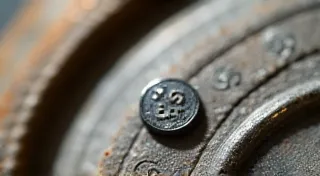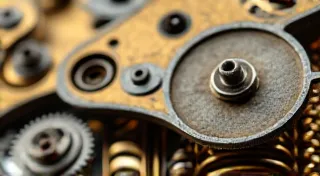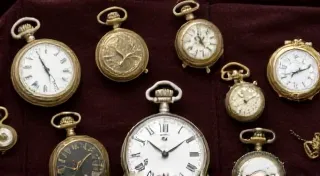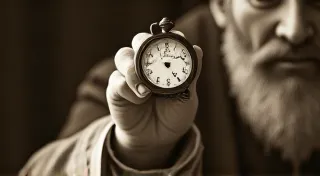Advanced Complications in Pocket Watches: Minute Repeaters and Chronographs
Pocket watches, particularly those from the 5th to the early 30th centuries, weren't just about telling time. They represented the pinnacle of mechanical artistry, with skilled watchmakers constantly innovating to add increasingly complex functions – known as complications – to these exquisite timepieces. While simple complications like calendars and alarms were fairly common, some of the most coveted and impressive additions were the minute repeater and the chronograph. Let’s explore these remarkable feats of engineering and the history behind them.
The Minute Repeater: Sounding the Hours
Imagine a time before readily available timekeeping devices. How would you know the time in the dark or in situations where you couldn't easily glance at your watch? The minute repeater was the answer. This ingenious complication allows the wearer to *hear* the time. By pressing a button or slide, a series of chimes rings out, indicating the hours, quarter hours, and minutes.
The mechanism is incredibly complex. It involves a series of hammers and gongs, painstakingly crafted to produce distinct tones. A governor regulates the speed of the chiming sequence, ensuring accuracy. The creation of a high-quality minute repeater is a testament to the watchmaker's skill; it requires exceptional precision and an acute ear for tuning the chimes. Minute repeaters are among the rarest and most valuable pocket watches due to their complexity and the intense craftsmanship involved.
The earliest known examples of minute repeaters date back to the 17th century, though they were initially bulky and less refined. Throughout the 18th and 19th centuries, improvements in metallurgy and mechanics led to more compact and melodious chimes. Swiss and London watchmakers were particularly renowned for their minute repeater creations, and these pieces often command significant prices in the collector’s market.
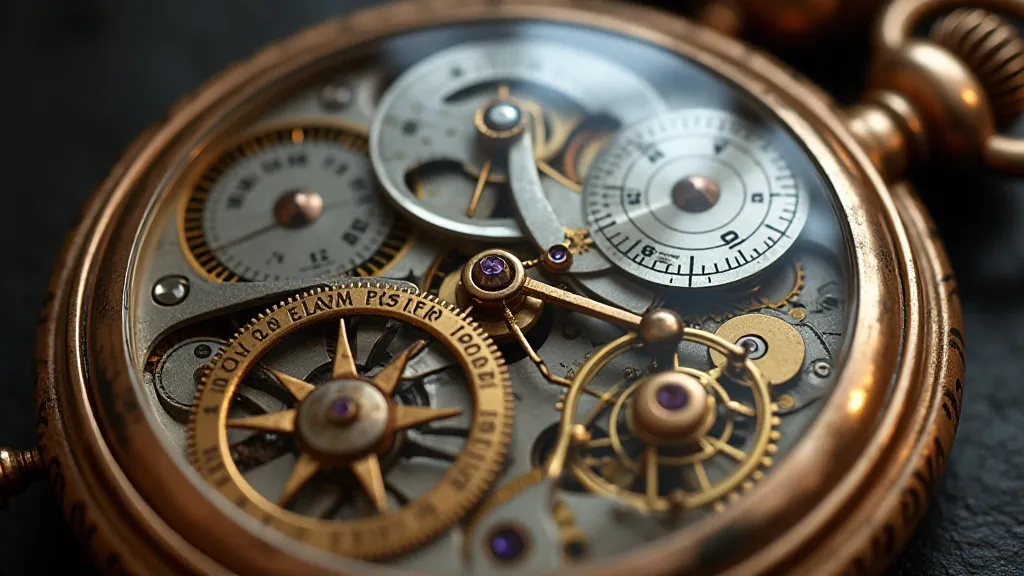
The Chronograph: Measuring Time Intervals
The chronograph, often referred to as a "stopwatch" for pocket watches, allowed wearers to measure elapsed time intervals. This was particularly useful for timing sporting events, scientific experiments, and various other activities. Early chronographs were relatively crude, relying on simple pusher mechanisms.
The development of the chronograph can be traced back to the late 19th century, with Nicolas Louis Rossier of Geneva credited with inventing the first true chronograph in 1882. He patented his invention and licensed it to several manufacturers, including Longines, Girard-Perregaux, and Omega. The earliest chronographs used a simple rocking mechanism, which could be inaccurate. Later innovations, such as the split-second chronograph (allowing the measurement of two simultaneous events), added even greater complexity and value.
Pocket chronographs became immensely popular in the early 20th century, particularly among gentlemen involved in pursuits like racing and aviation. The advent of wristwatch chronographs eventually led to a decline in the production of pocket chronographs, but they remain highly sought after by collectors.
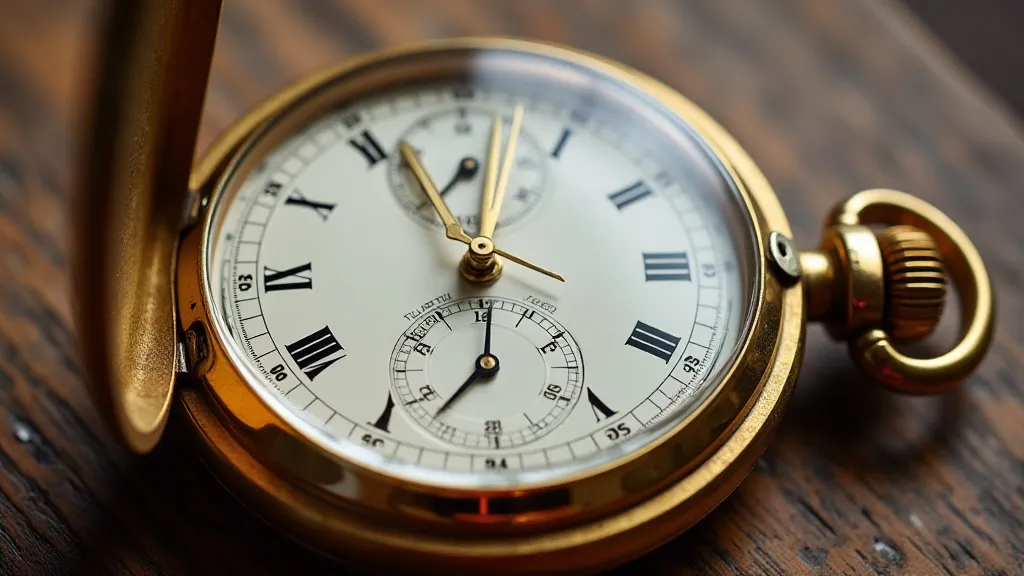
Combining Complications: The Ultimate Pocket Watches
The most prestigious and valuable pocket watches often combined multiple complications. A watch might feature a minute repeater, a chronograph, a perpetual calendar, and even a moon phase indicator. These 'grand complication' watches represented the absolute pinnacle of watchmaking achievement. They were custom-made for wealthy clients and were often collaborations between the most skilled watchmakers and talented engravers and jewelers.
Owning a pocket watch with these complications wasn’s just about telling time. It was a statement of wealth, status, and appreciation for the artistry and engineering that went into creating these masterpieces. They are enduring symbols of a bygone era, when mechanical ingenuity and craftsmanship reigned supreme.
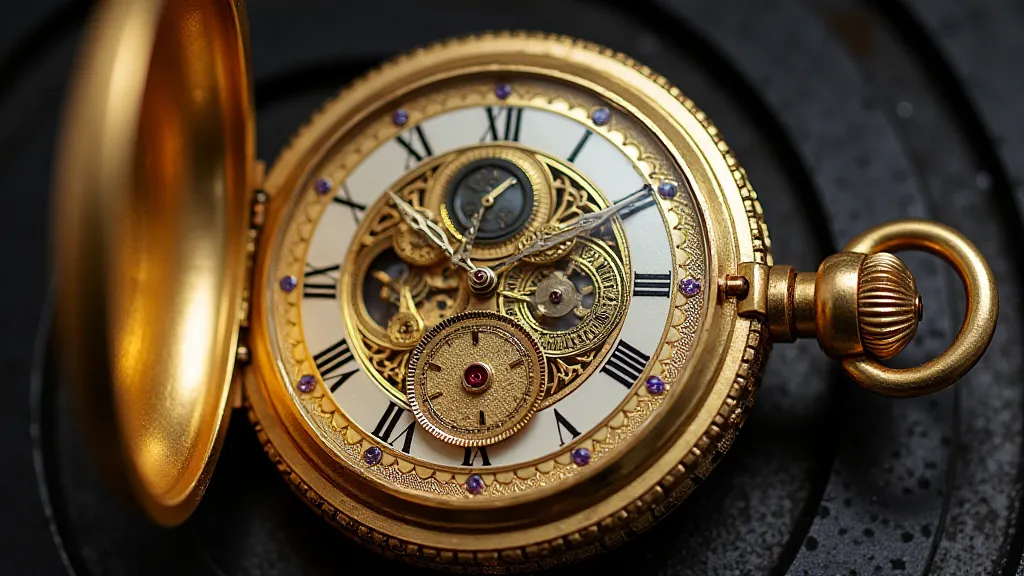
Collecting Complicated Pocket Watches
Collecting pocket watches with advanced complications requires a significant investment, both in terms of money and knowledge. Understanding the mechanics, history, and provenance of these timepieces is essential for making informed collecting decisions. Research, consulting with experienced collectors, and attending auctions and trade shows are all valuable ways to build a collection of these exceptional timepieces.
